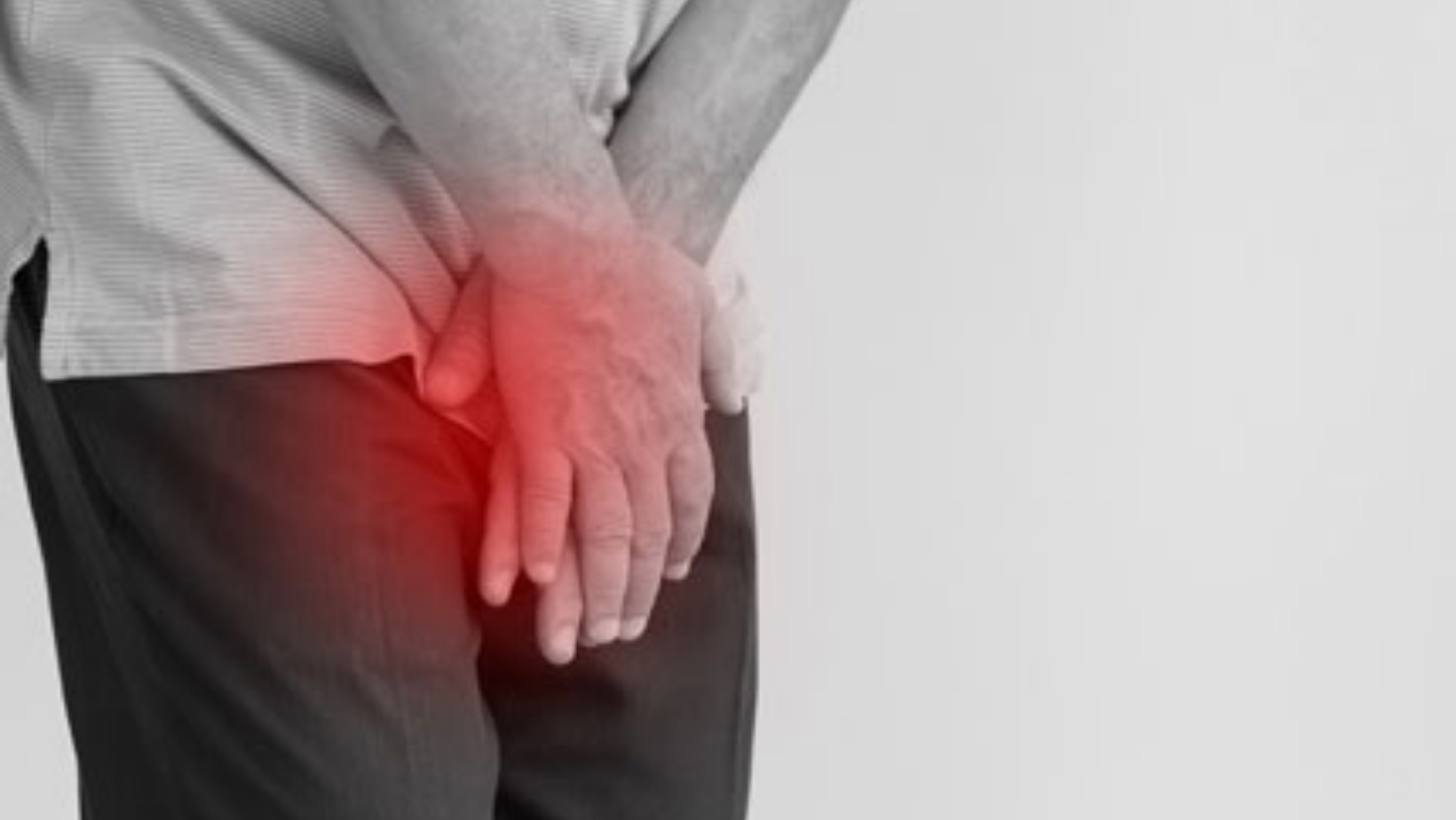Category
Benign Prostate Hypertrophy (BPH), also known as benign prostatic hyperplasia, is a common condition that affects many ageing men.

Have any questions?
If you have any questions, feel free to contact us at [email protected]. A member of our support team will help you shortly.
Share this blog
Fatigue
Energy
Stress
Sleep
Benign Prostate Hypertrophy (BPH), also known as benign prostatic hyperplasia, is a common condition that affects many ageing men. As the prostate gland enlarges, it can lead to various urinary symptoms. Understanding the causes, recognizing symptoms, and exploring relief options are essential for individuals with BPH. This article provides insights into the condition, its impact, and strategies for seeking relief.
Benign Prostate Hypertrophy refers to the non-cancerous enlargement of the prostate gland, a walnut-sized organ located just below the bladder. This condition is a normal part of ageing, with the majority of men experiencing some degree of prostate enlargement as they grow older. While BPH is not a direct precursor to prostate cancer, it can cause bothersome symptoms due to its impact on the urinary system.
The exact cause of BPH is not fully understood, but several factors contribute to its development:
Hormonal changes, particularly the increase in levels of dihydrotestosterone (DHT), a byproduct of testosterone, play a role in prostate enlargement. The prostate gland is sensitive to hormonal fluctuations, and changes in these levels can lead to BPH.
Ageing is a primary factor in the development of BPH. As men age, the prostate gland tends to enlarge gradually, with a significant percentage experiencing symptoms by the age of 60.
Individuals with a family history of BPH may be at a higher risk of developing the condition. Genetic factors can contribute to the likelihood of prostate enlargement.
Some studies suggest that ethnicity may play a role in the prevalence of BPH, with a higher incidence among African-American men.
The symptoms of BPH primarily result from the enlarged prostate pressing against the urethra, affecting the normal flow of urine. Common symptoms include:
Increased frequency of urination, especially during the night, is a common symptom of BPH. This is often referred to as nocturia.
Individuals with BPH may experience a sudden and urgent need to urinate, often accompanied by difficulty holding back the urine.
The enlarged prostate can narrow the urethra, leading to a weaker urine stream. This can contribute to a feeling of incomplete bladder emptying.
Straining during urination is a common symptom, as the obstruction caused by the enlarged prostate requires more effort to pass urine.
A sensation of incomplete bladder emptying may persist, even after urination. This can lead to the need for frequent bathroom visits.
Individuals with BPH may experience difficulty initiating the urinary stream. A feeling of hesitation often accompanies this.
Various medications are available to manage the symptoms of BPH. Alpha-blockers relax the muscles around the prostate, improving urine flow, while 5-alpha reductase inhibitors can reduce the size of the prostate gland.
Making specific lifestyle changes can help alleviate symptoms. Avoiding caffeine and alcohol, managing fluid intake, and practising pelvic floor exercises can contribute to symptom relief.
Some individuals find relief from BPH symptoms through the use of herbal supplements such as saw palmetto and beta-sitosterol. However, consulting with a healthcare professional before incorporating these supplements is essential.
TUMT is a minimally invasive procedure that uses microwaves to heat and destroy excess prostate tissue, reducing symptoms.
TURP is a surgical procedure that involves removing part of the prostate gland to relieve urinary symptoms. It is a common and effective intervention for BPH.
HoLEP is a surgical technique that uses laser technology to remove excess prostate tissue. It is considered a minimally invasive alternative to traditional surgery.
The UroLift System is a procedure that involves placing small implants to lift and hold the enlarged prostate tissue, opening up the urethra and reducing symptoms.
Regular prostate check-ups with a healthcare professional are essential, especially for men over the age of 50. Monitoring prostate health allows for early detection and management of BPH.
Benign Prostate Hypertrophy is a prevalent condition among ageing men, and understanding its causes, recognizing symptoms, and exploring relief options are crucial for maintaining a good quality of life. Seeking medical advice and discussing symptoms with a healthcare professional are the first steps toward effective management. Whether through medication, lifestyle adjustments, or surgical interventions, various strategies exist to alleviate the symptoms of BPH and improve urinary function. Early intervention and a proactive approach to prostate health contribute to optimal outcomes and enhanced overall well-being.